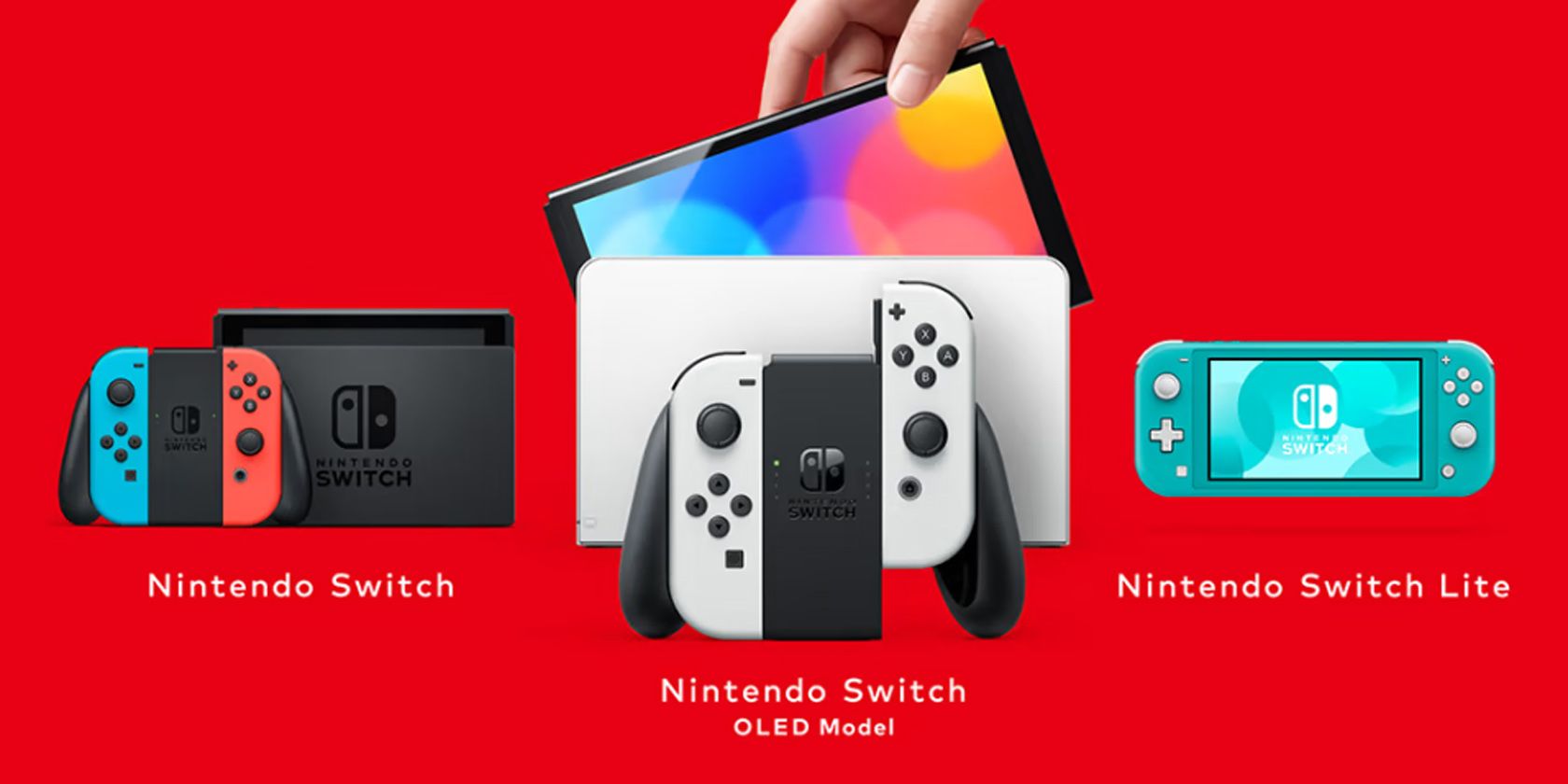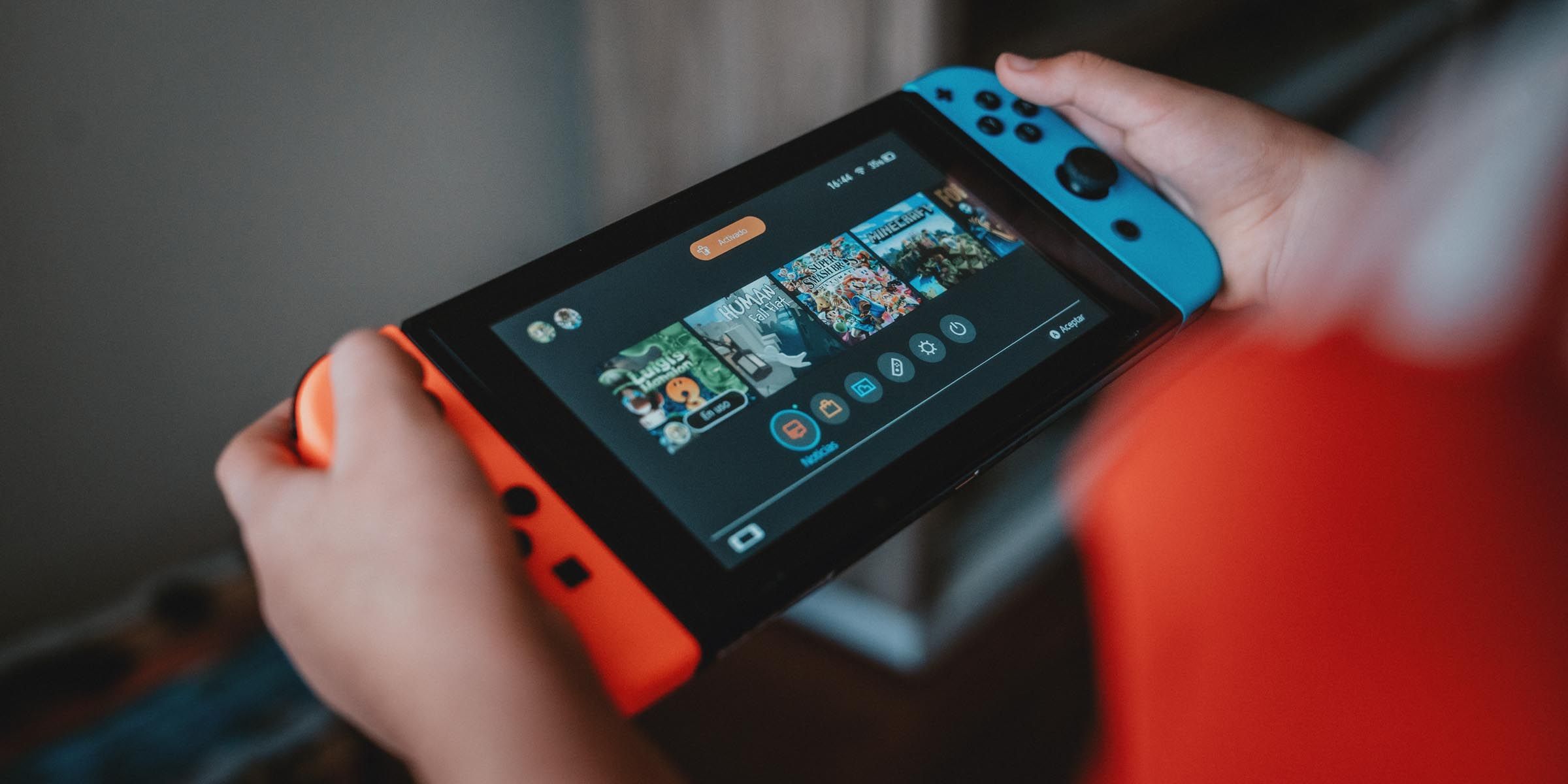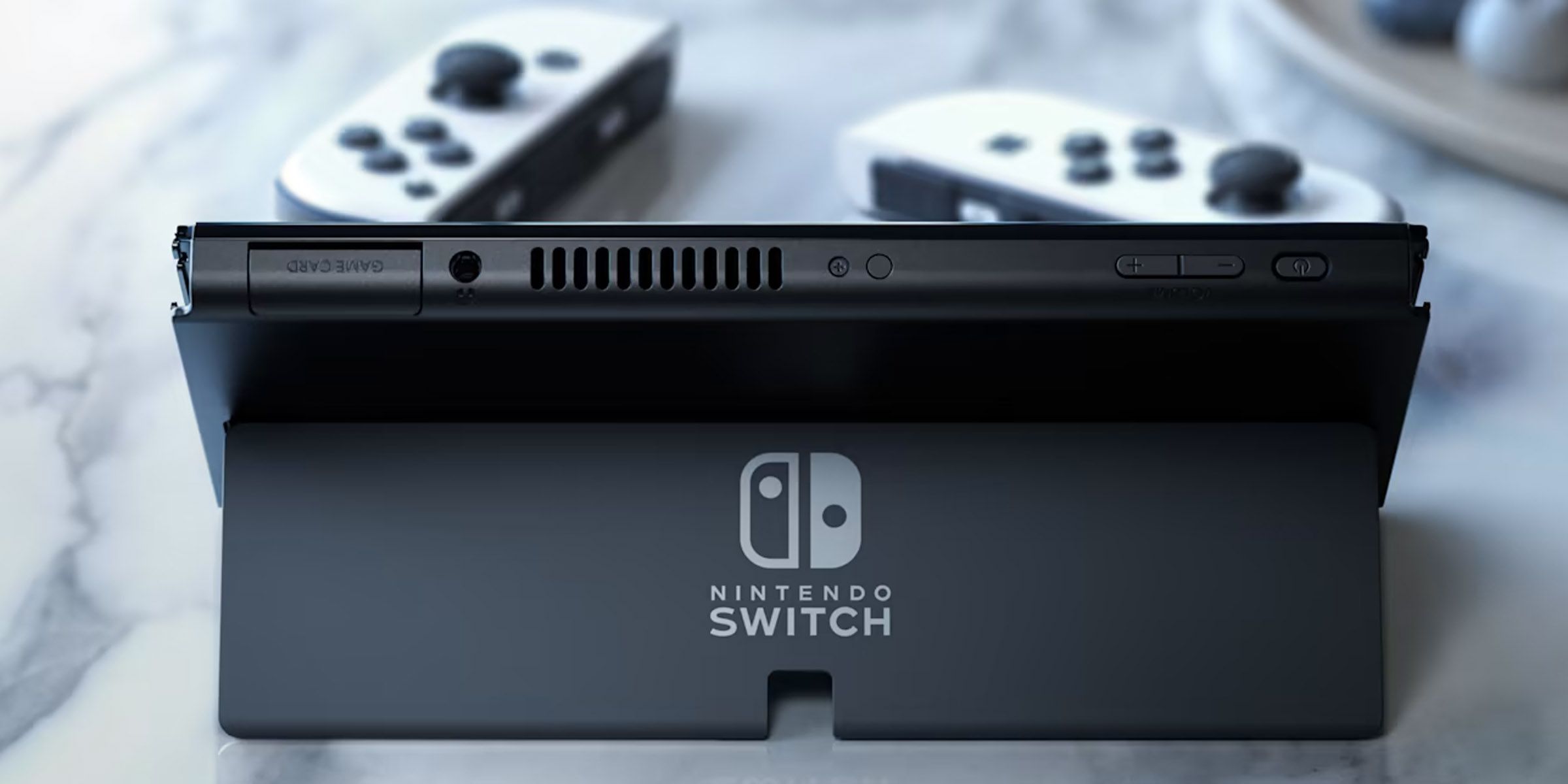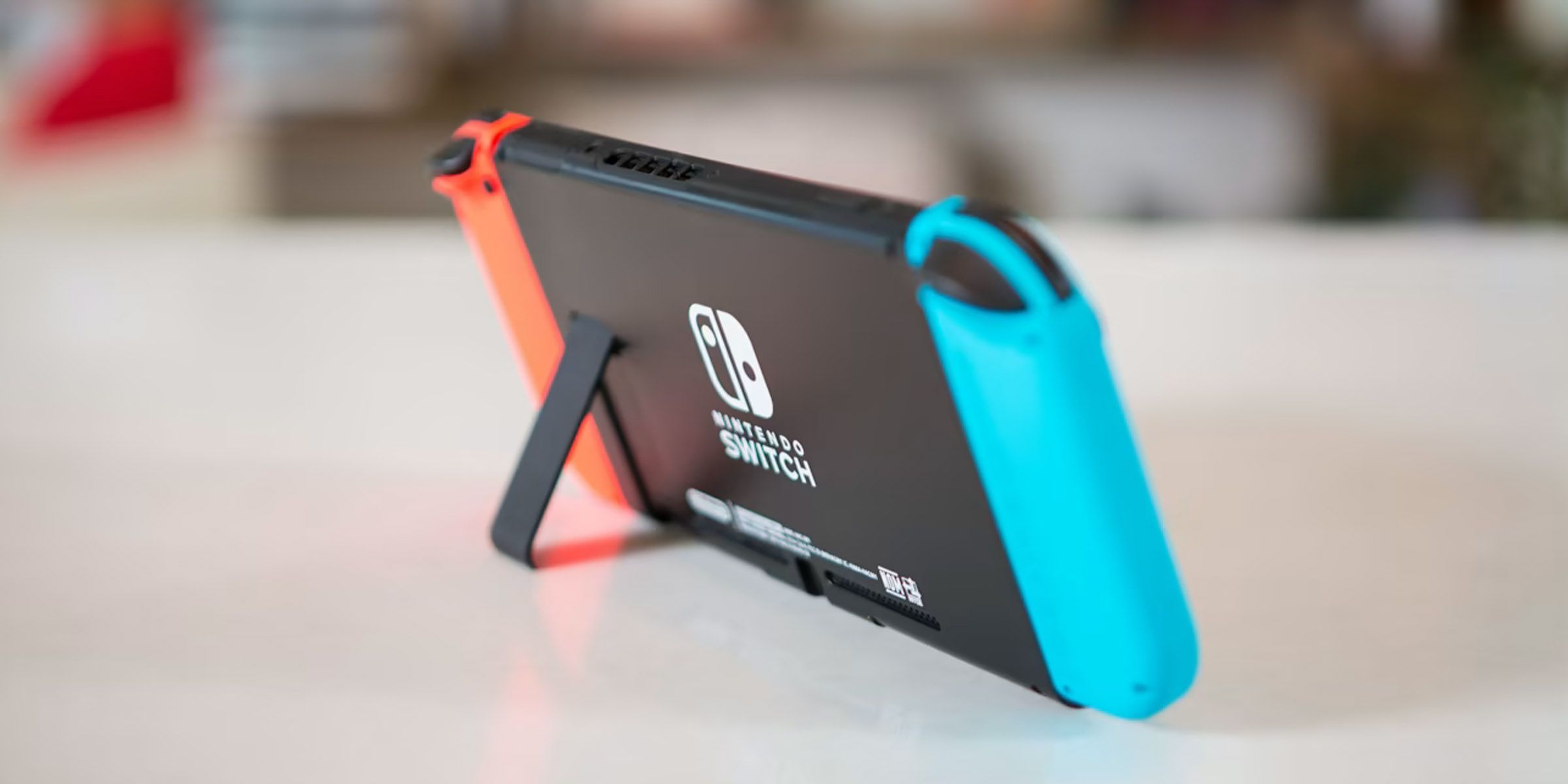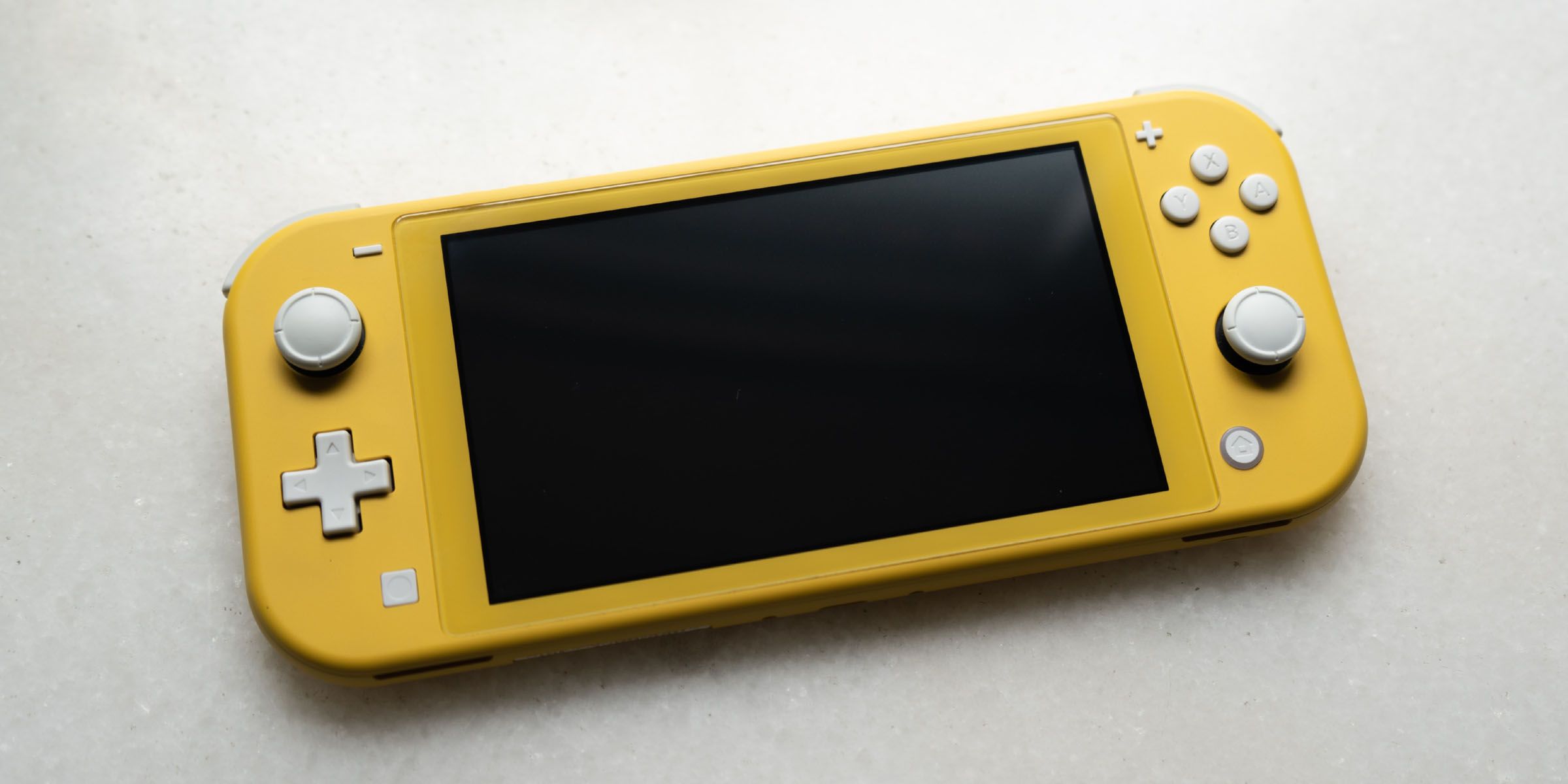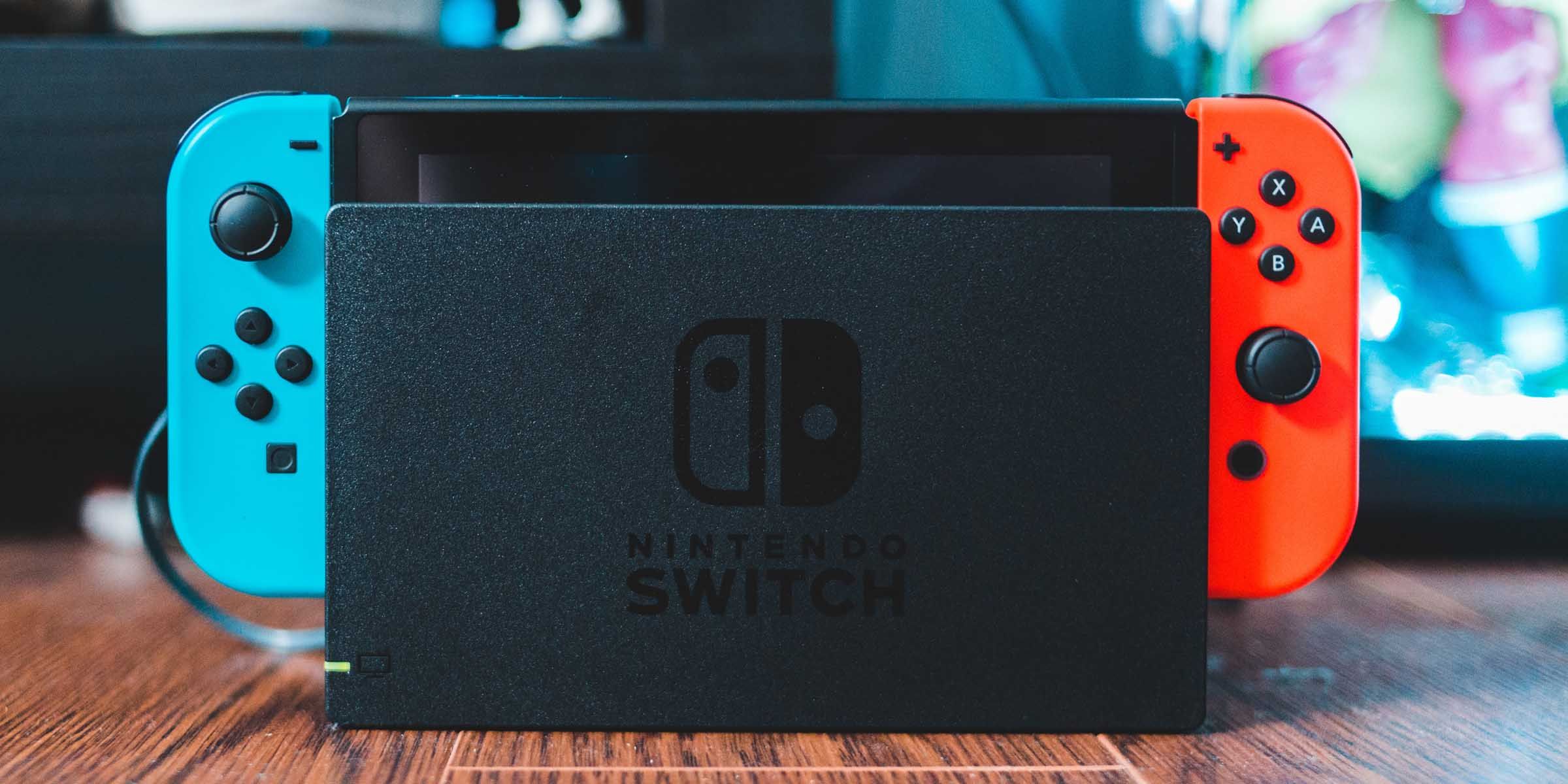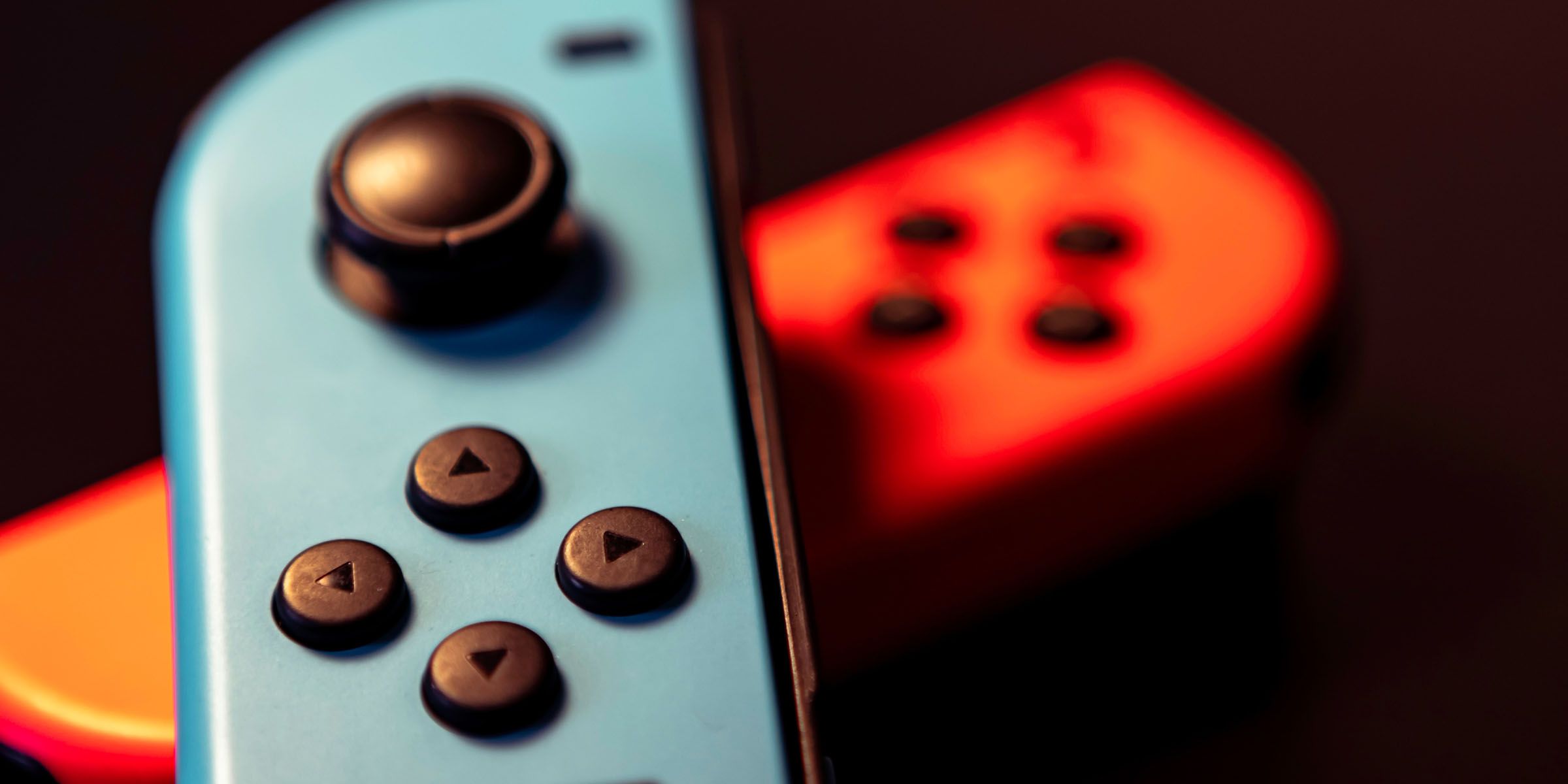Picking one from the Nintendo Switch family is no easy task. Each makes a niche for itself; each shines in a specific area. If you’re faced with the decision of choosing between the original Switch, the Switch Lite, and the OLED model, read on. We’ve broken it down to make things simpler.
The Price of Each Nintendo Switch Model
Price may divide opinion on which Switch model is the best choice, but it is really only one factor among many to consider. The Switch Lite is the cheapest in the range at $200. The original (updated) Switch console is next, priced at $300, while the OLED model is top-of-the-line and will set you back $350.
Here are a few other things to consider when thinking about whether you should get the Nintendo Switch console and which Switch is best for you.
Original Switch, Switch OLED, and Switch Lite: A Comparison
Here is a quick comparison between the three systems’ specifications, which should give you an idea of how they stack up.
|
Switch OLED |
Original Switch (updated) |
Switch Lite |
|
|---|---|---|---|
|
Screen |
7-inch OLED screen |
6.2-inch LCD screen |
5.5-inch LCD screen |
|
Dimensions (length x breadth x thickness) in inches |
9.5 x 4 x 0.55 |
9.5 x 4 x 0.55 |
8.2 x 3.6 x 0.55 |
|
Weight |
0.93 pounds (with Joy-Con controllers attached) |
0.88 pounds (with Joy-Con controllers attached) |
0.61 pounds |
|
Storage |
64GB |
32GB |
32GB |
|
CPU/GPU |
NVIDIA Custom Tegra processor |
NVIDIA Custom Tegra processor |
NVIDIA Custom Tegra processor |
|
Video output |
Up to 1080p in TV mode Up to 720p via built-in screen |
Up to 1080p in TV mode Up to 720p via built-in screen |
Up to 720p on built-in screen |
|
Game card slot |
Yes |
Yes |
Yes |
|
microSD card slot |
Yes |
Yes |
Yes |
|
Battery |
4,310 mAh |
4,310 mAh |
3,570 mAh |
|
Rumble feature |
Yes |
Yes |
No |
|
Play modes |
Home console Tabletop mode Portable |
Home console Tabletop mode Portable |
Portable |
Design
While the original Switch and the OLED model have the same dimensions, their design differs slightly but perhaps significantly. The OLED Switch is a little heavier, has punchier speakers, and features a more robust kickstand that runs nearly the length of its body and can do the limbo – it supports the Switch at a variety of angles. The kickstand on the original Switch is a single tab emerging at one end of the device.
The Switch Lite is designed for play on the go and has a tinier display, so it’s no surprise that this version is the smallest of the three. It’s also the lightest, making it the most convenient of the three to carry around and to play as a portable device.
Screen
The biggest difference between the three Switch models is the screen, and this is something to consider before choosing a model for you. The Switch OLED model has an organic LED screen, while the Switch and the Switch Lite have LCD screens. With the OLED model, Nintendo has managed to fit a larger screen within the dimensions of the original Switch. The Switch Lite, unsurprisingly, gets the smallest screen of the lot.
Each display type has its strengths and limitations, but a broad generalization is that LCD screens are better for outdoor or bright-light viewing, compromising on contrast at different viewing angles, while OLED screens offer better contrast at a variety of viewing angles, but struggle with brightness and color volume. It’s a trade-off.
We’ve gone into more detail on the differences between OLED, LED, and LCD displays in a separate article, commenting on how each type works and comparing the technologies. Delve into that if you want to know more.
Color Choices
The original Switch comes in one of three design variants: one with blue and red Joy-Cons, another with gray controllers, and a third with Animal Crossing livery. You can adorn your console with more colors, but that will cost you more.
The Switch OLED, in comparison, is available in all white, but there is a more classic edition that features red and blue Joy-Cons. The Joy-Cons are interchangeable between these two models, which means you have a ton of color options here too, at a cost.
The Switch Lite, on the other hand, comes in a choice of five eye-catching but not garish colors. They allow you to add some style to your on-the-go gaming.
Dock
The Switch Lite is a portable-only console and cannot be docked. It isn’t compatible with the regular Switch TV dock and you cannot play it in home console mode.
The standard Switch dock allows you to connect your console to your TV via HDMI and connect to the internet via Wi-Fi. The Switch OLED dock adds a LAN port, apart from a light cosmetic redesign.
Besides this, there isn’t much of a difference between the two docks, with Nintendo acknowledging, on its Switch FAQ page that you can “use the docks interchangeably,” although you may need a system update to use the original Switch with the LAN port.
Controllers
The original Switch and OLED model both come with two detachable Joy-Cons. These controllers are extremely versatile and you can play in a variety of different ways: mated to the Switch, attached to a mount, or even individually, if you fancy a multiplayer game.
In the case of the Switch Lite, you trade portability for controllers that are permanently attached. This version adds a proper D-pad that many gamers prefer over the four separate D-pad buttons on the other two models.
Games
All Nintendo Switch games will work on both the original and OLED Switch. Considering the console’s age, that’s a huge line-up of titles to choose from.
And while, technically, all Switch games will run on the Switch Lite too, there are some that are more suited to TV mode. One example is Just Dance, which requires you to hold one Joy-Con in each hand and follow along to the prompts on the screen.
We have a handy article detailing the games you should not play on the Switch Lite, and explaining why they are best left off the handheld.
Which Switch Model Should You Get?
The Switch Lite is the prettiest of the three and plays almost all the games that run on the original and OLED models. If all you want is a console to take with you and to play on the go, the Switch Lite should fit your needs.
It’s light and compact, and even though it has a smaller screen than the other two models, is great as a primary portable. You could also get the Switch Lite if you already have a Switch console and want something just for when you’re traveling.
If you mostly play video games at home and prefer connecting to your TV, but can’t afford to spend too much, the original (updated) Switch is for you. It’s still a great console, and has a splendid lineup of titles to pick from. And if you fancy a little portable gaming, it can transform for solo or co-op play.
However, if you primarily game at home and have some cash to spare, the Switch OLED is a clear winner and should be your console of choice. Its larger bulk means it could be inconvenient to take with you when traveling, and playing for extended periods in handheld mode might be uncomfortable, but the larger screen and improved kickstand give it the edge.
Value For Money Whichever Nintendo Switch You Pick
Nintendo has positioned its Switch lineup very cleverly, giving value to each type of player. The Switch Lite may make a great backup console for those who already have a Switch; the OLED may be out of reach for a few, and the original Switch still burns brightly with its capabilities and games lineup.
No matter which Nintendo Switch you decide to buy in the end, you're getting a high-quality, intuitive, and accessible console that features some spectacular games.

